Even before humankind first stepped foot on the moon, people have dreamed of establishing a permanent lunar colony. It would be a huge accomplishment and our very first step toward populating the cosmos.
It remains in the realms of science fiction for now, but a recent discovery takes us perhaps as close as we have ever been to making it a reality.
Digging Beneath the Surface
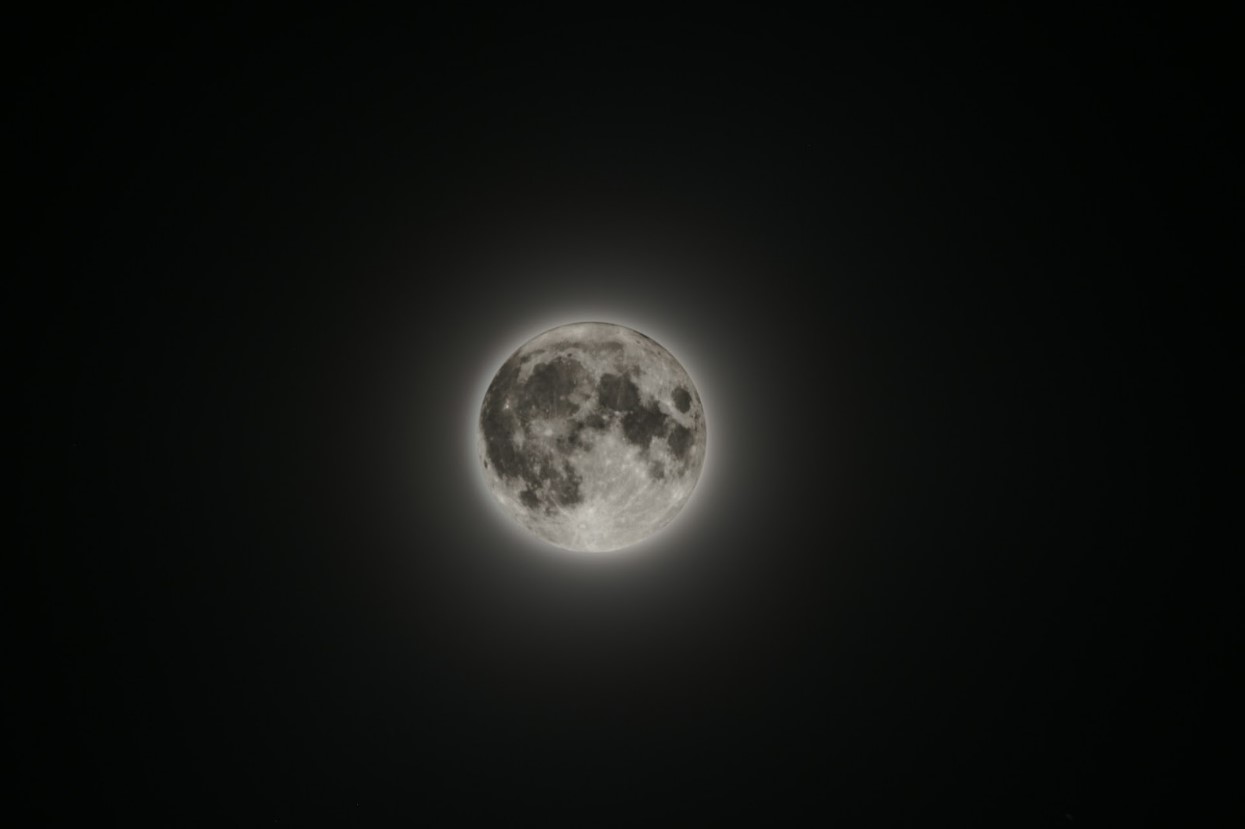
We’ve fairly extensively mapped the surface of the moon and even walked on it, but for decades scientists have been interested in what lurks beneath this surface.
Experts have long theorized that there may be caves beneath the surface of the moon, potentially an extensive network of them. Now, a team of Italian researchers has found the most compelling evidence yet for their existence.
Unraveling a Mystery
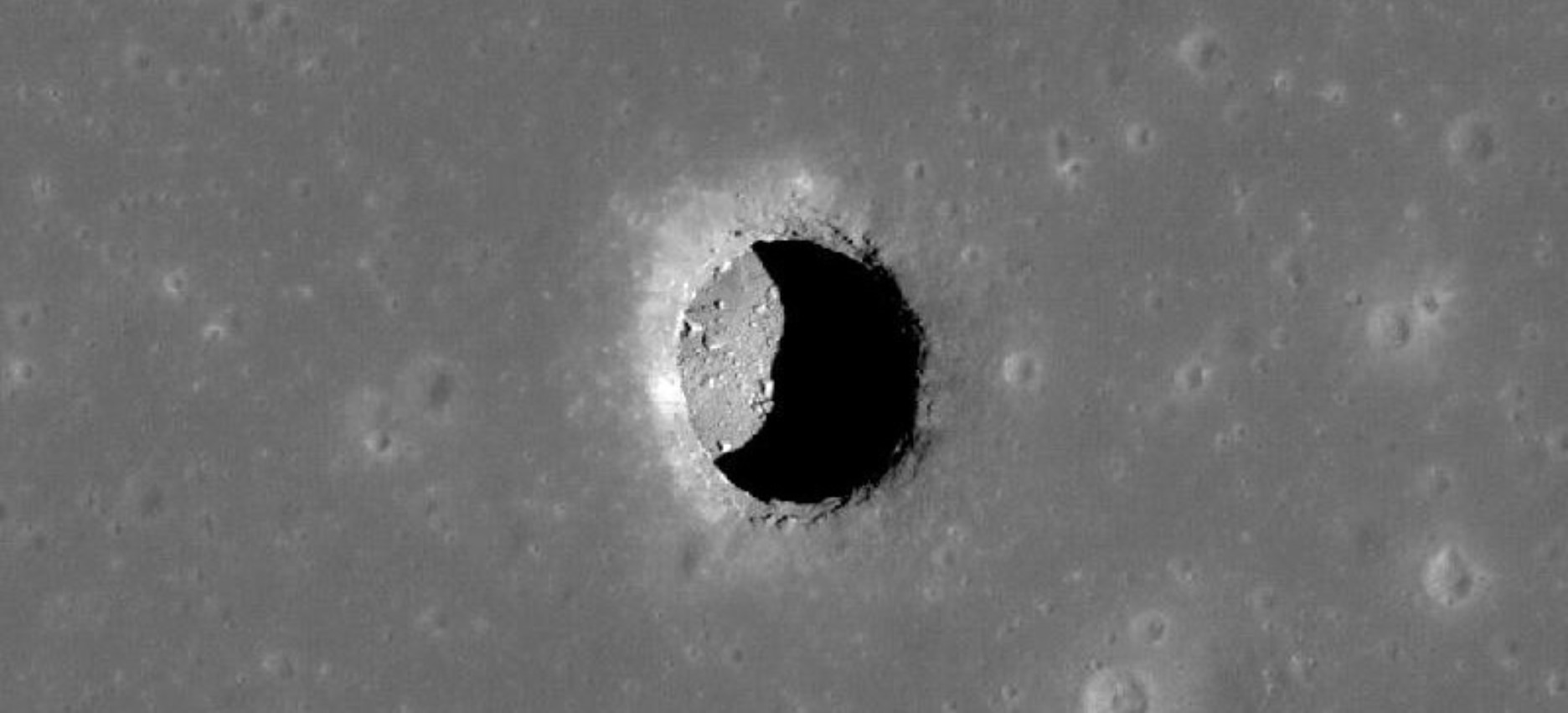
In the words of the study’s authors, Leonardo Carrer and Lorenzo Bruzzone of the University of Trento, “Lunar caves have remained a mystery for over 50 years.”
“It was exciting to be able to finally prove the existence,” they continue. The researchers have discovered a cave but believe there could be many more given how they theorize this one was formed.
Ancient Volcanoes

Today, the moon has no active volcanoes, but billions of years ago things were very different on the moon’s surface.
The surface was covered in flowing lava. This lava flowed down and through valleys, carving tubes across the surface of the moon. The remnants of one such tube are where this cave was discovered.
The Mare Tranquillitatis Pit
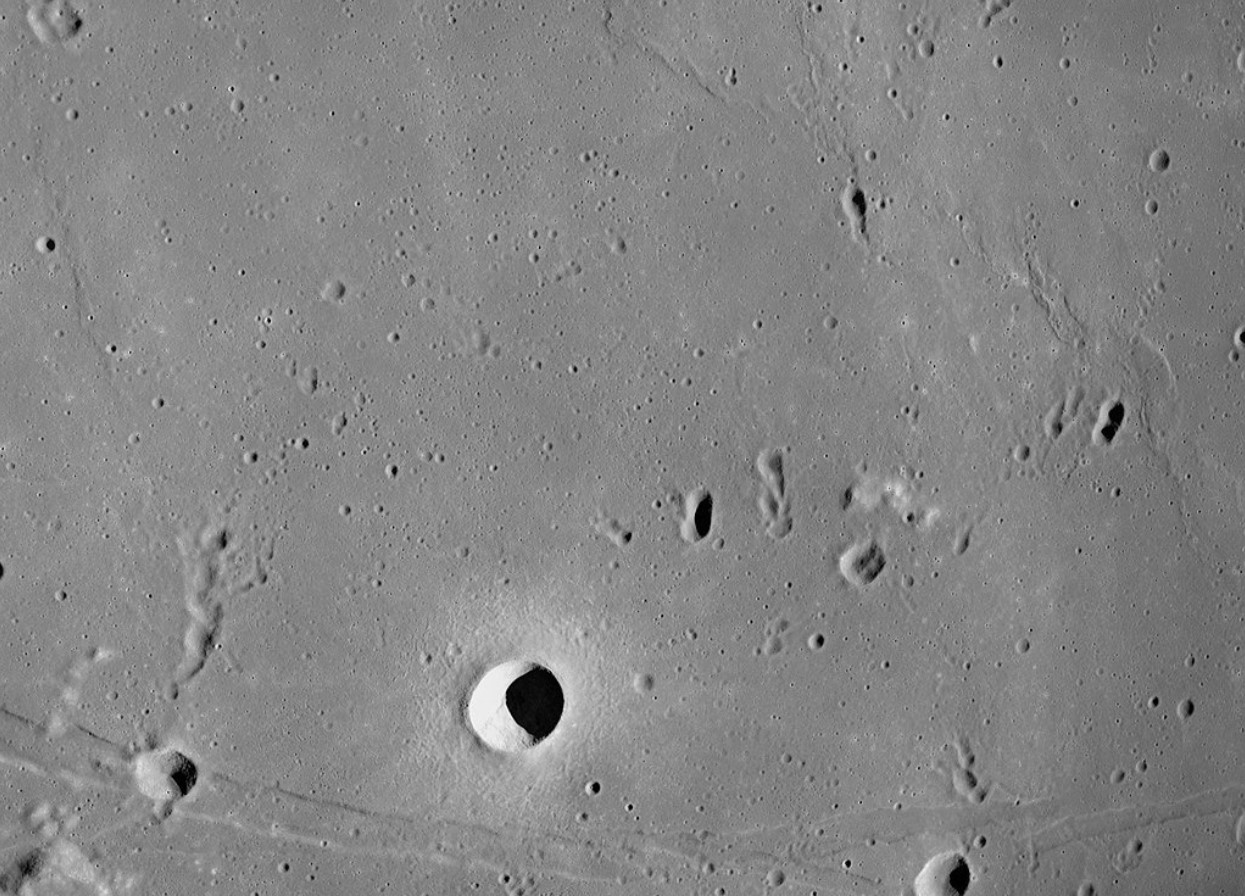
The cave discovered by the Italian research team sits deep within a pit on the lunar surface known as the Mare Tranquillitatis pit.
This pit most likely formed when an ancient lava tube collapsed. Similar lava tubes exist on the Earth, with many found in areas with a lot of geothermal activity, like Hawaii.
A Football-Field Sized Cave
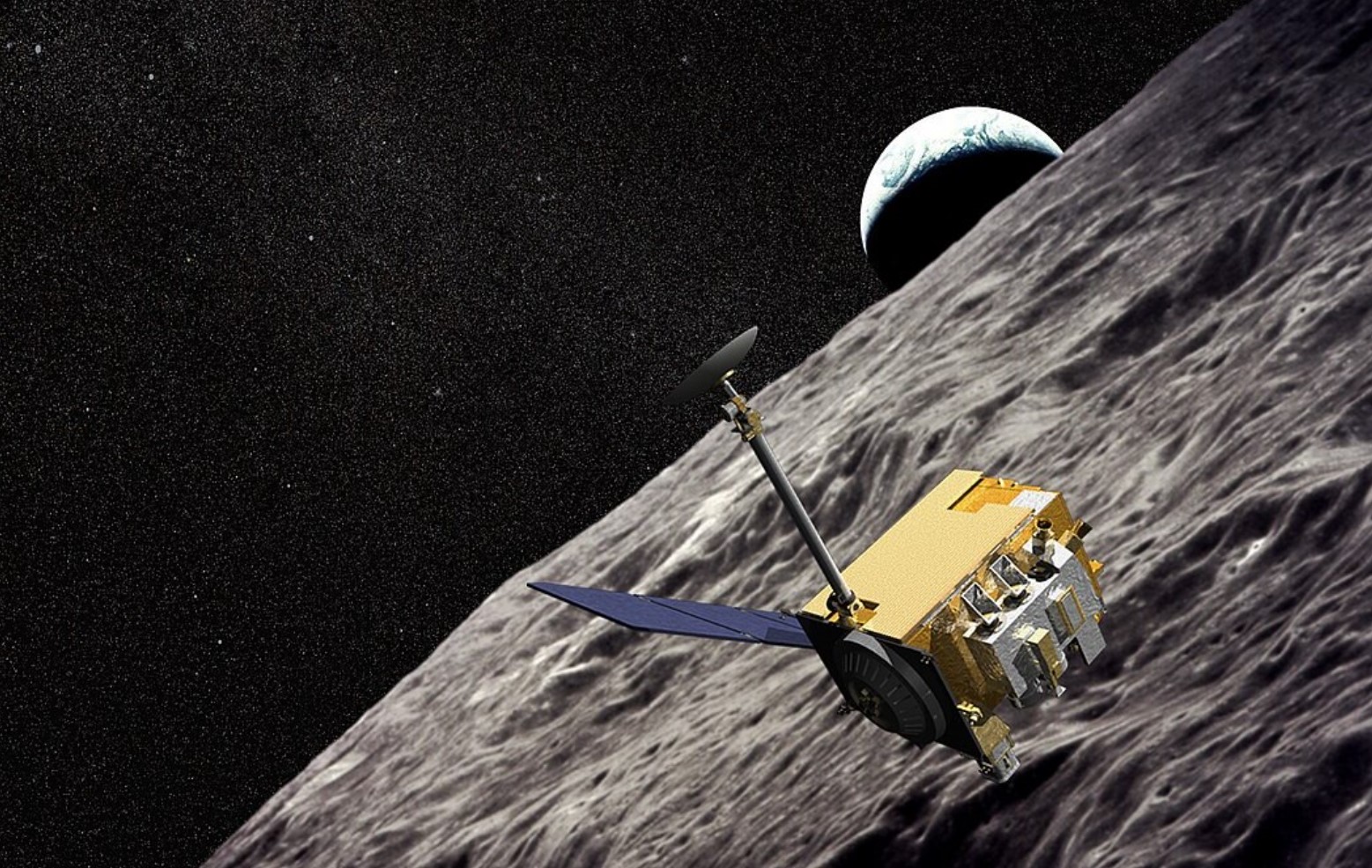
The research team analyzed radar measurements collected by NASA using the Lunar Reconnaissance Orbiter, comparing the data against lava tubes on Earth.
The radar data only reveals part of the underground cave, but from the information they’ve collected, they estimate the cave to be at least 130 feet wide and several yards deep.
Potentially Hundreds of Caves
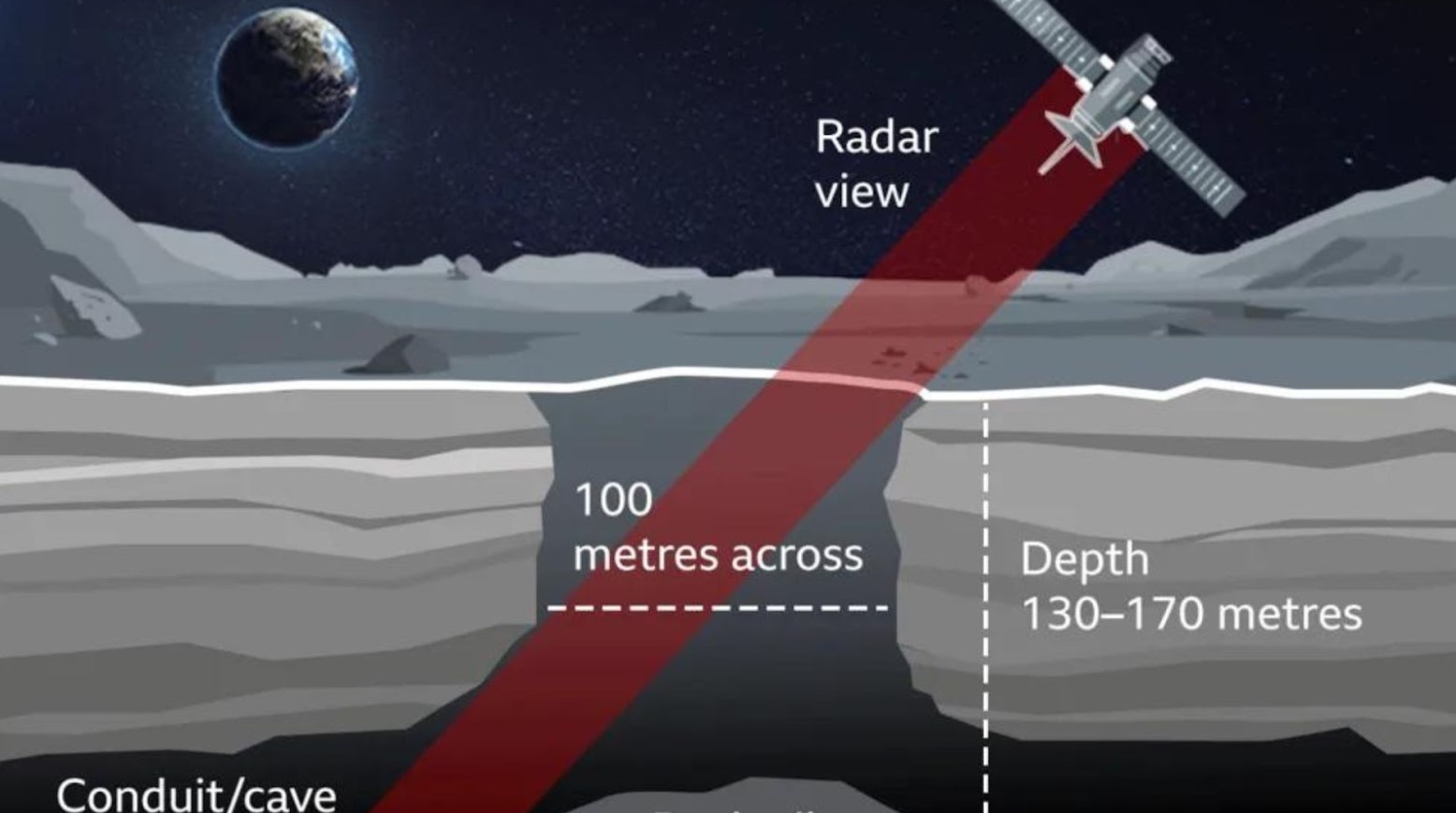
The radar data doesn’t give a clear picture of what it looks like inside the cave, but it is theorized that they formed from the collapse of lava tubes forming pits. Looking at lava tubes on Earth can help when making comparisons.
More importantly, there are hundreds of pits similar to the Mare Tranquillitatis pit that have been discovered on the moon’s surface, meaning there are potentially hundreds of caves like this one.
A Practical Purpose for the Caves
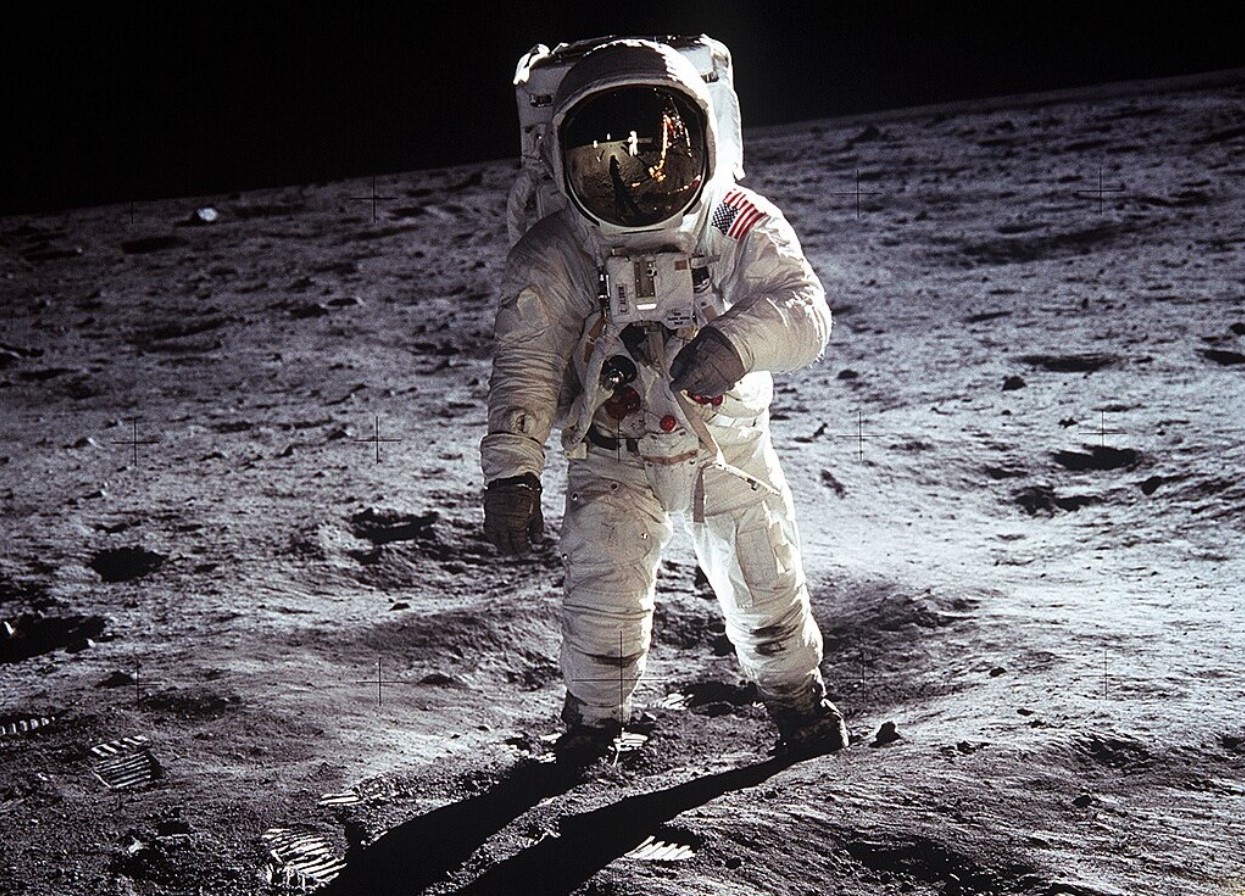
These caves aren’t just a scientific curiosity and the end to 50 years of scientific debate. They could also offer a very practical solution to an ambitious problem.
The caves could provide a way to establish a permanent lunar base, offering a place for future astronauts to live and work while protected from the extreme conditions on the surface of the moon.
Support From Other Experts
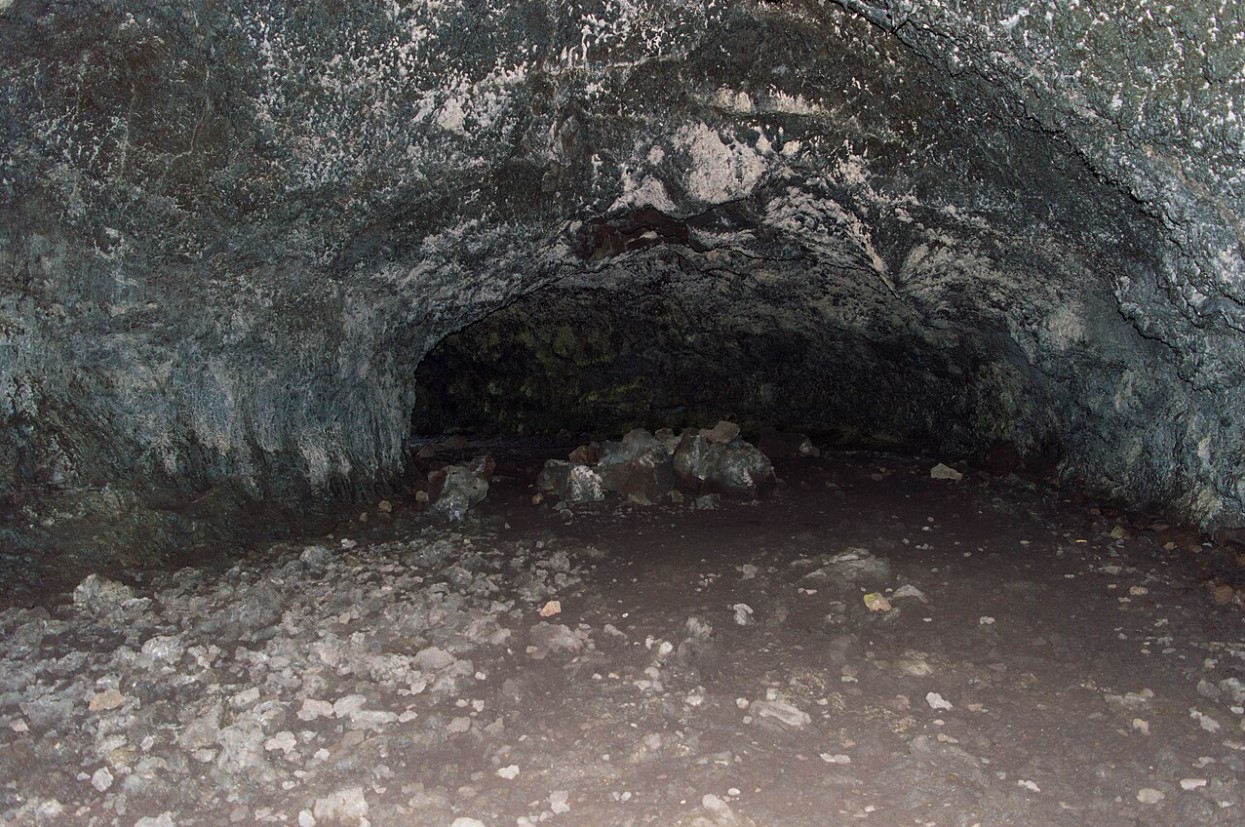
It isn’t just the authors of this study who believe these caves could be a solution to the practical challenges of establishing a lunar base.
Katherine Joy, a professor in Earth sciences at the University of Manchester, believes that “the thick cave ceiling of rock is ideal to protect people and infrastructure from the wildly varying day-night lunar surface temperature variations and to block high energy radiation which bathes the lunar surface.”
Benefits of Using Caves
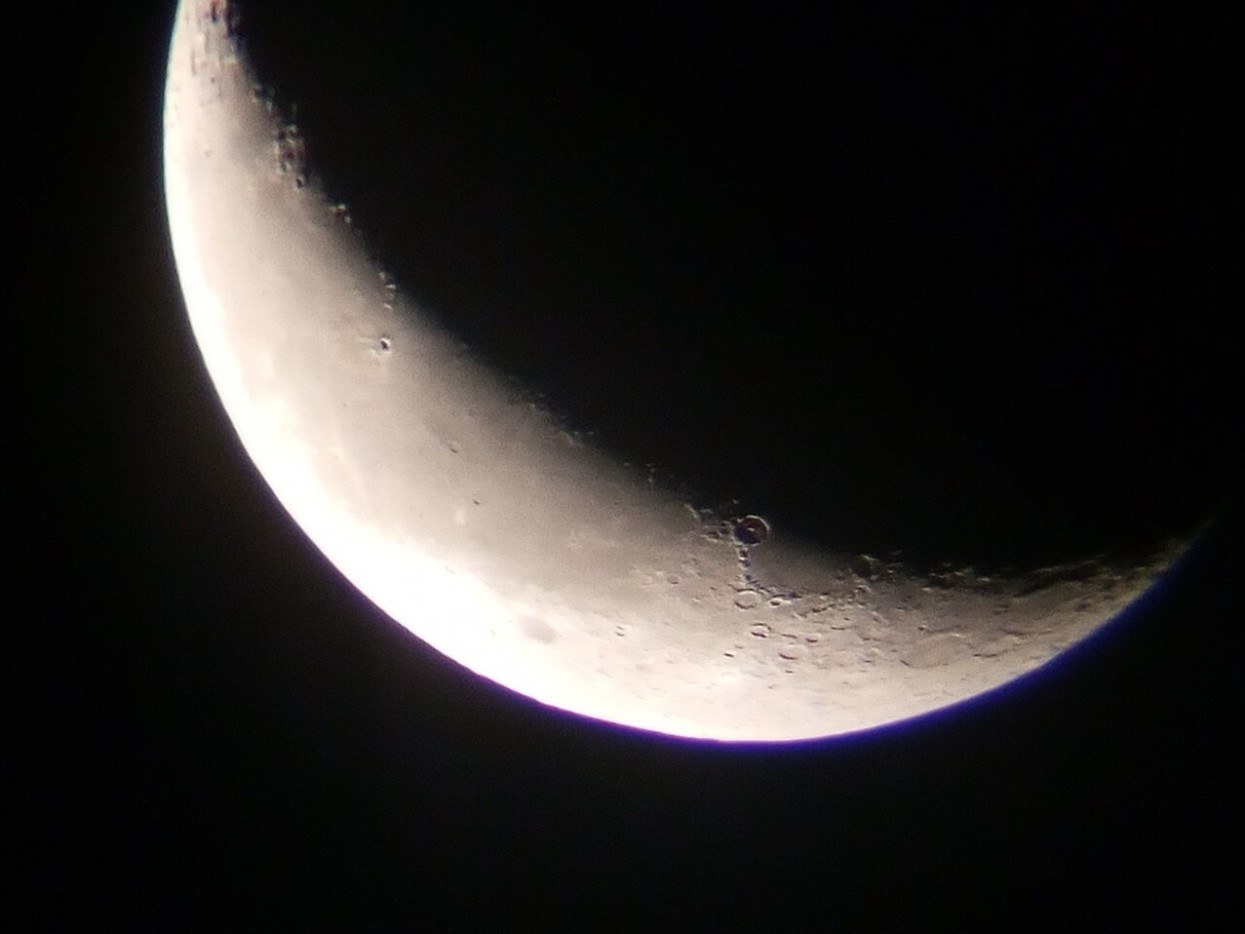
The moon has no atmosphere to regulate climate, meaning it’s prone to massive extremes. During the day, the sun bakes the moon’s surface to 250 Fahrenheit. At night, the temperature can dip to below -200.
Underground, temperatures would be much more consistent and hospitable. There’s also the possibility that lunar caves could hold a critical resource — frozen water.
Still Massive Practical Challenges
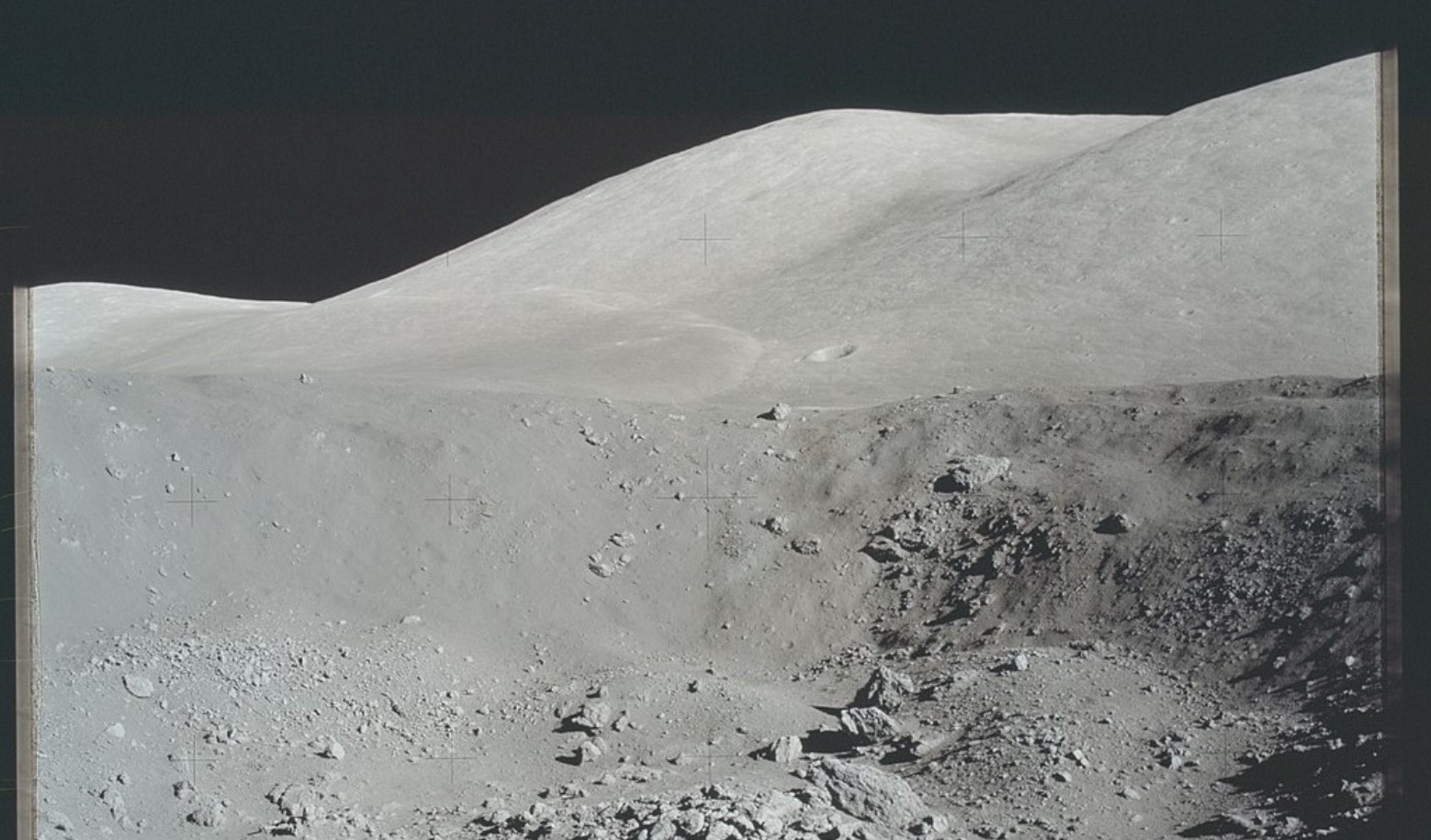
Despite the promise they hold, simply reaching these lunar caves would be a huge undertaking. The cave discovered by the Italian research team is located more than 40 feet from the lunar surface, near the bottom of a steep, debris-strewn slope.
Continued radar research of the lunar surface would allow scientists to positively identify and survey more lunar caves, selecting the ones that could make the best contenders for establishing a lunar base.
One Giant Leap?
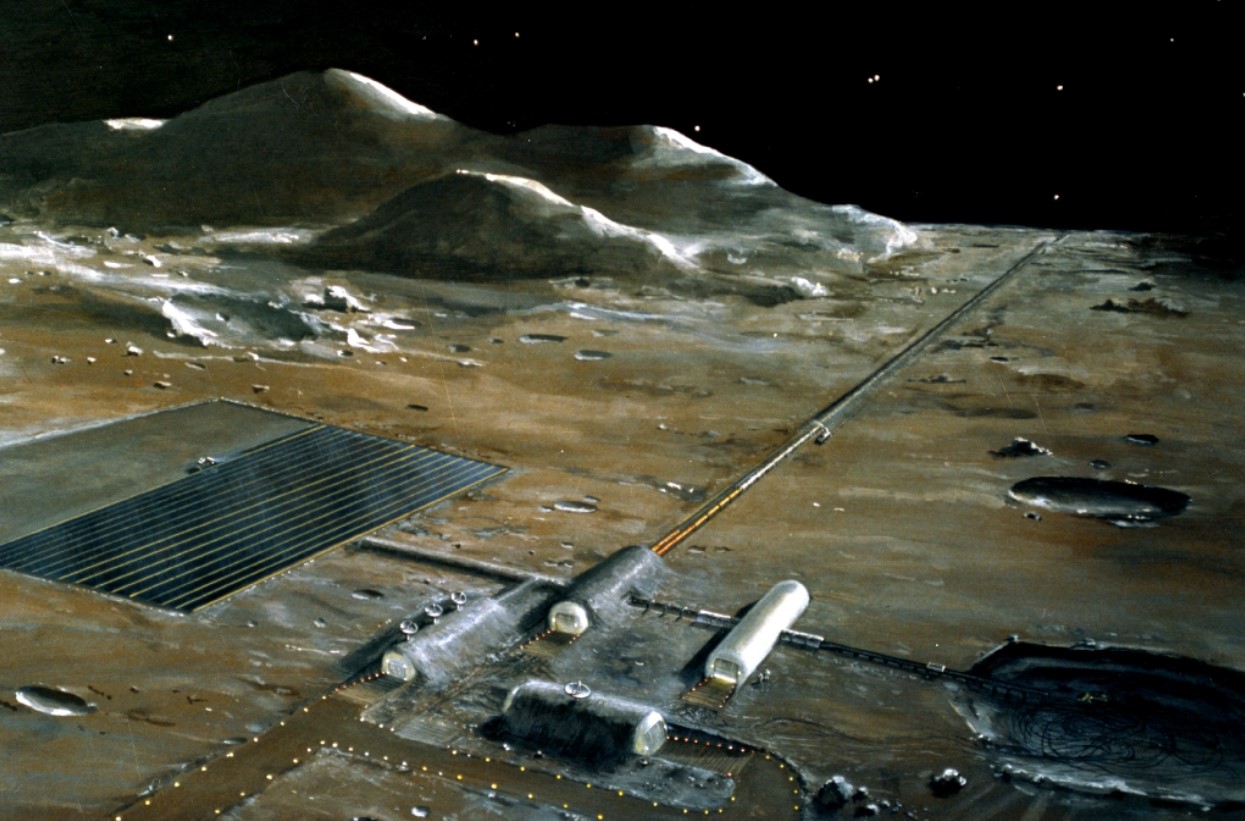
The discovery of a long-suspected lunar cave and the notion that there could be whole systems of caves on the moon is fascinating in and of itself.
But it’s the implication of what these caves may mean for the future that is truly exciting. We’re still a long way off from establishing a permanent lunar base, but the idea of people living in these temperate underground caverns is tantalizingly not inconceivable.
